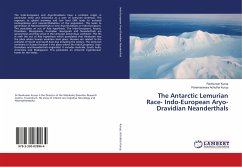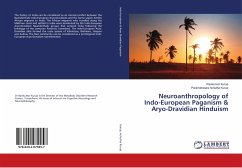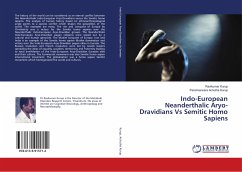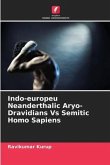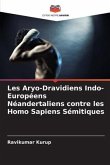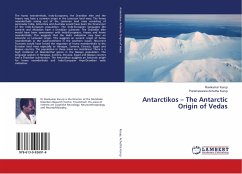The Indo-Europeans and Aryo-Dravidians have a common origin in peninsular India and Antarctica as a part of Lemurian landmass. The exposure to global warming and low level EMF leads to archaeal endosymbiosis and neanderthalisation of the population. This leads to generation of Neoneanderthals or new Aryo-Dravidians or Indo-Europeans. This postulates an out of Asia hypothesis. The Indo-Europeans, Aryans, Dravidians, Mongoloids, Australian aboriginals and Neanderthals are synonymous and they arose in the Lemurian Antarctican continent. This fits in with the out of Asia hypothesis which postulated that Hindustan was the place where human evolution took place. Humans are related to the primates of South and South-East Asia including the Lemurs. The Lemurian continent or Kumari Kandam is the place where the Indo-Europeans, Aryo-Dravidians and Neanderthals originated. It includes Australia, South India, Antarctica and Madagascar. This postulates an Antarctic hyperborean home for the Vedas.

